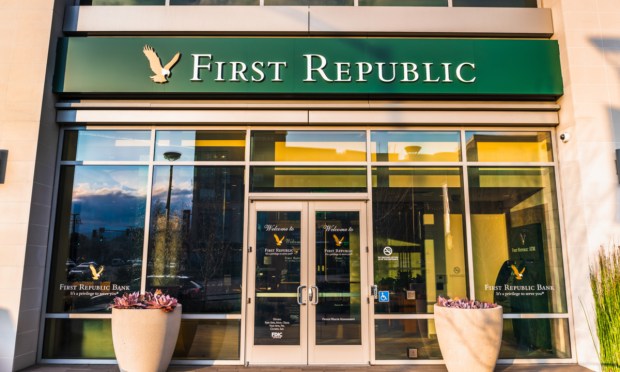First Republic Bank Reportedly Considering Selling Long-Dated Mortgages and Securities

First Republic Bank is reportedly looking to sell assets as it works on a turnaround plan.
The bank is weighing the sale of long-dated mortgages and securities amounting to $50 billion to $100 billion, Bloomberg reported Tuesday (April 25), citing unnamed sources.
Reached by PYMNTS, a First Republic Bank spokesperson said the firm declined to comment on the report.
The lender is working to boost its balance sheet to avoid being seized by the Federal Deposit Insurance Corp. (FDIC) and to prepare for a possible capital raise, according to the Bloomberg report.
First Republic Bank is faced with an asset-liability mismatch because of mortgages made when interest rates were at historic lows. Now that interest rates have risen, the rates the bank pays depositors are higher than those it has charged borrowers, the report said.
The sales of assets the bank is now considering would aim to reduce that asset-liability mismatch.
However, First Republic faces a challenge in trying to sell the loans at near face value because the loans are worth less now, according to the report.
This report comes a day after First Republic said during its quarterly earnings call that it is working to strengthen its business, restructure its balance sheet and reduce expenses.
The bank aims to increase insured deposits, reduce borrowings from the Federal Reserve Bank and decrease loan balances, it said in a Monday (April 24) press release.
It is also cutting executive officer compensation, condensing corporate office space and decreasing its workforce by 20% to 25%, according to the release.
First Republic is one of the regional banks that was impacted by continued waves of worry over bank runs after the March closures of Silvergate Capital, Silicon Valley Bank and Signature Bank.
To support First Republic amid the turmoil in the banking industry at the time, 11 large U.S. banks announced March 16 that they were making uninsured deposits totaling $30 billion into the bank to ensure that it had the liquidity it needed.

